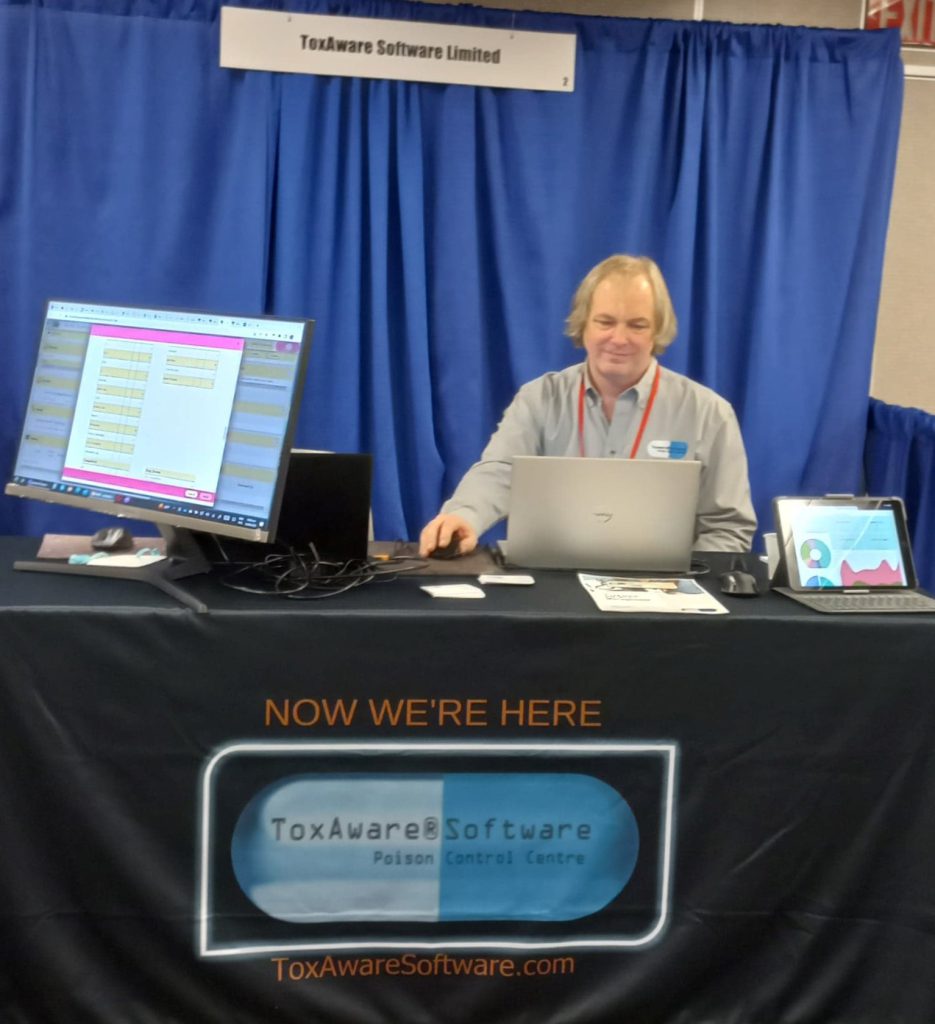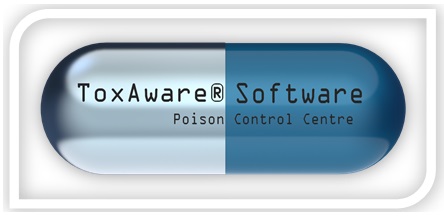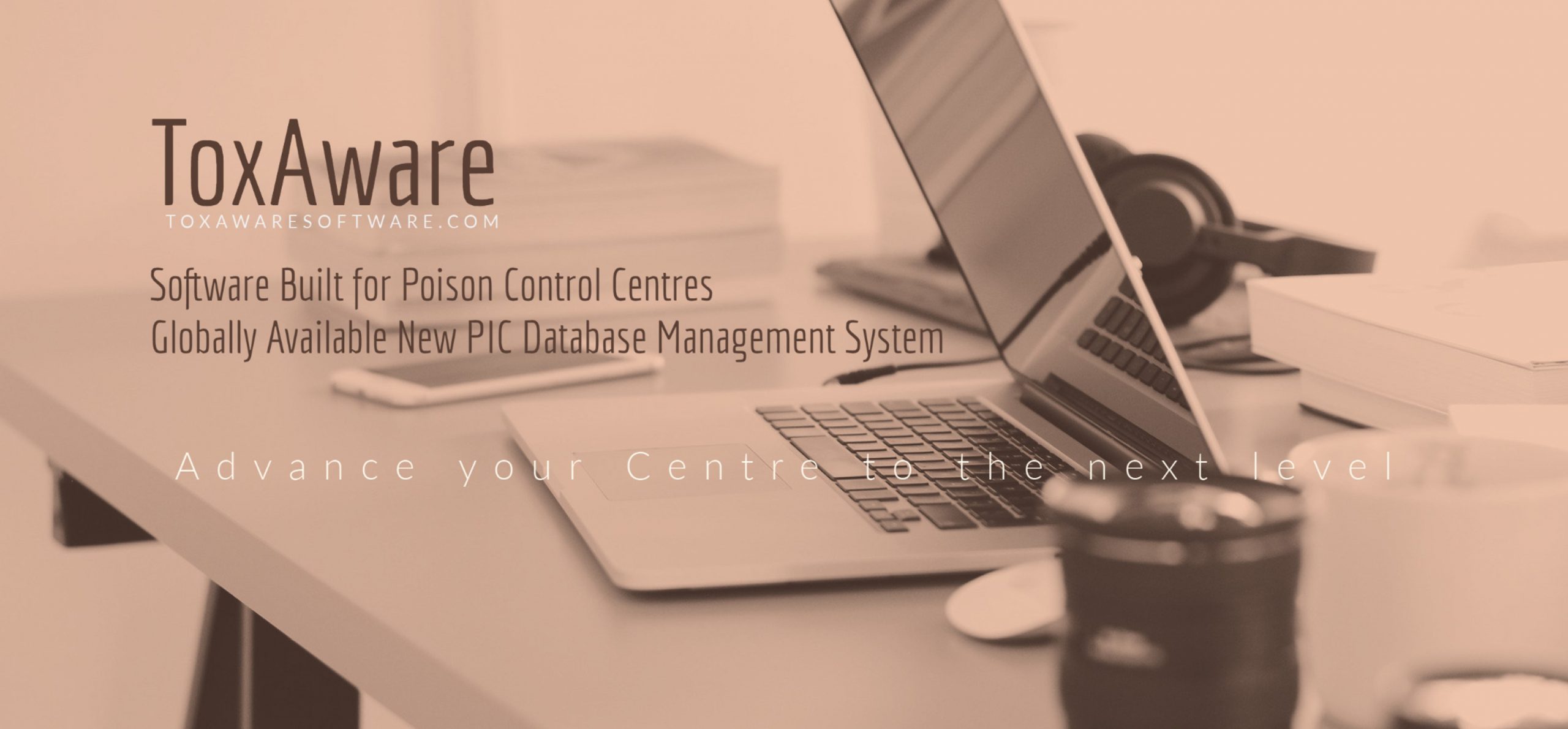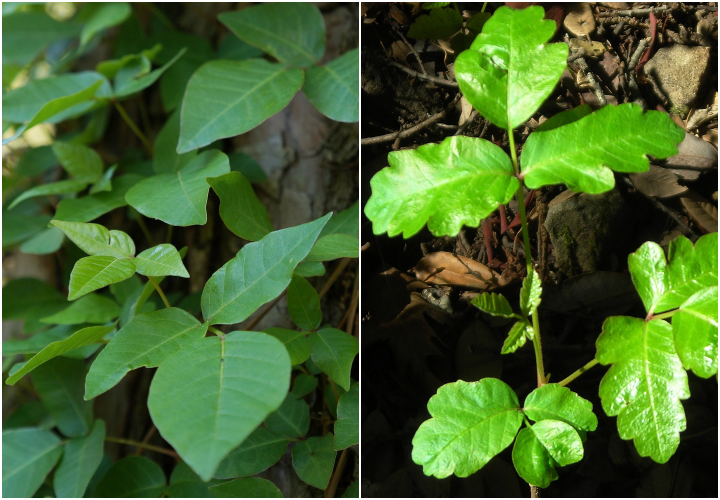NACCT 2022 in San Francisco
Come down to the exhibits to see the future of Poison Centre Software.

#NACCT2022 #ToxAware
Come down to the exhibits to see the future of Poison Centre Software.

#NACCT2022 #ToxAware
We’ll be at booth 2 at NACCT in San Fransisco, stop by and see how much easier your life can be.
Please let us know if you’d like a private demo while in SFO.
If you have time, a great activity is to rent a bicycle near the wharf, ride over the Golden Gate bridge and down into Sausalito for lunch or snack and catch the ferry back to San Fransisco.
Have a great time at NACCT!
Like any task you put your hand to, having the right Tools can efficiently and more effectively get the job done well.
Having a tool that can take care of other things in the future, while you are using it today, is also very beneficial. This is what ToxAware’s software for poison centres has been designed to do.
Recording the everyday cases of a poison centre, while in the background building a secure database that can be called on to display information, provide data to stakeholders, inform public health, etc as required. All in a pleasant Graphical User Interface (GUI).
We, at ToxAware, are proposing a New tool for the New year. This tool will bring a harmonised data collection method (that looks good too) to the continually growing field of Poison Centres around the world.
So Happy New Year, all the very best, stay safe, and here’s to New things for the New year.
Finest wishes
The ToxAware Team.

Recalls after a poisoning are critical. They keep the patient informed, checks for additional side-effects and gives patients a comfortable feeling.
ToxAware® provides Recalls using a simple selection of hours or days and priority, notifying specific people on any and all of their devices where ToxAware® is available. Users can independently subscribe and unsubscribe to notifications on their devices.

“Leaves of three, let it be!” “Hairy vine, no friend of mine!” Learn how to spot poison oak, tell the difference between poison oak and poison ivy, and treat a poison oak rash.
Poison oak is a relative of poison ivy. There are many similarities:
But they are indeed different plants. In North America, there are two species of poison oak: Atlantic (Eastern) and Pacific (Western).

Poison ivy (left) vs. poison oak (right)
At the end of the day, just remember: Leaves of three, let it be. In other words, if you see a plant with clusters of three leaves, don’t touch it!
Credit to: https://www.almanac.com/

For decades, the people living in the Swedish town of Kallinge got their tap water from a treatment plant that turned out to be contaminated with harmful PFAS chemicals.
> They sued the municipally owned water company for damages – and won.
> But the water company is appealing the verdict, arguing that high levels of PFAS should not be considered a personal injury. This is why it definitely should be.
For more details: https://chemsec.org/why-high-levels-of-pfas-should-be-a-personal-injury-by-law/
Everyone likes certain colours and when you have to see that colour for 12 hours, you might want a change. ToxAware allows users to select a theme of colours including dark themes so your tired eyes are happy.

All legacy data (already existing poison case data) that you currently have doesn’t change. It will all be presented in a cleaner, faster and more accessible format.
ToxAware® has been designed with the understanding that all data must be kept true to its original inception. We can import your data, making cases viewable within ToxAware, reports and searches.
Data sharing with your parent, partners or government organisation maybe a requirement. The ToxAware platform allows for such a need to be easily implemented.
The conversion time frame depends on a number of factors. The existing data is mapped. A converter is created and the process begins. There may be data that has been stored in the wrong database tables, there may be data that hasn’t been entered correctly (spelling, syntax and invalid data) . These issues are resolved so data imports fresh and true.